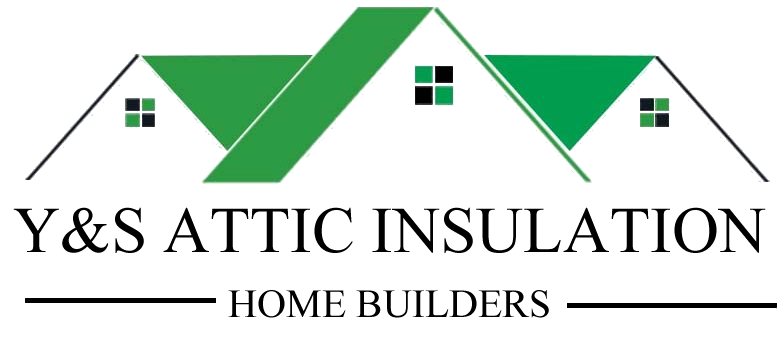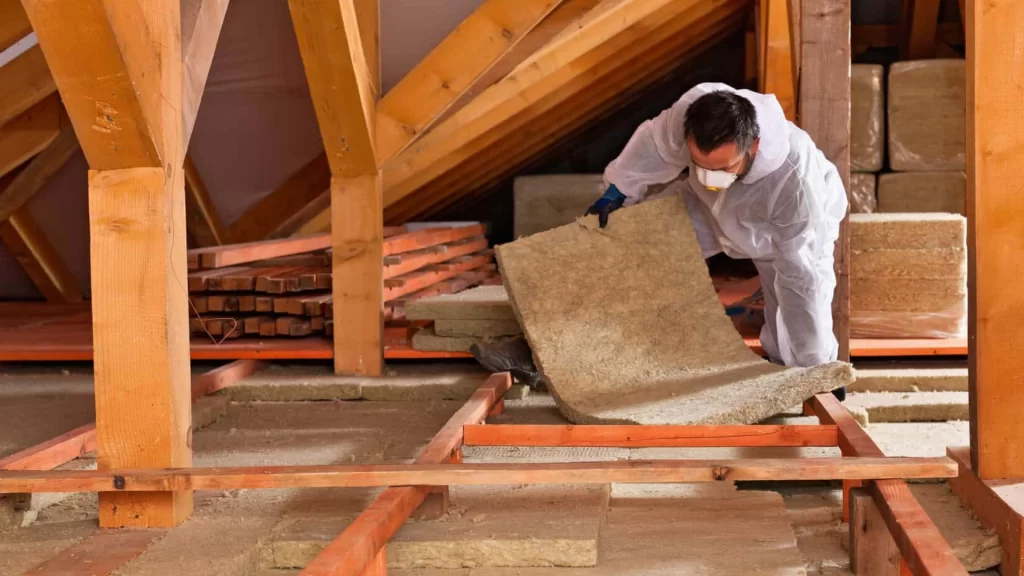Attic insulation installation: The important thing is in the R value
Wherever you live, whether in Bangor, in the state of Maine, or in Los Angeles, California, your home will always be more comfortable and you will consume less energy if the home has adequate insulation. If your home is well insulated, you can reduce energy costs to power heating and cooling. This is how it works: heat circulates. In winter, it flows out; In summer, inward. A properly insulated house reduces the flow or circulation of heat, and therefore, you consume less energy to heat it in winter and to keep it cool during the summer, which results in more money in your pocket.
To help you make the most of every dollar you invest in isolation, the Federal Trade Commission (FTC) offers answers to some basic questions about attic insulation. As a national consumer protection agency, the FTC applies and ensures compliance with a number of energy-related laws, including the R-Value Rule, which applies to insulating materials, also called heat-resistant
This is the first thing you have to consider when buying insulating materials
Look for the “R-value” (R-value). “R” means resistance to heat flow. The higher the R-value, the greater the insulation power of the material. Most insulating products must have a label indicating the R-value, the only exceptions are insulating pipes and conduits. (This includes the material to cover the ducts).
So if you are looking for an insulating material with an R-value of 38 and compare the product of company A with that of company B, you will know that both products offer the same level of insulation. This criterion applies even in the case of different types of insulation – for example, one can be an insulating wadding sold in rolls or layers and the other a material composed of loose fibers or granules that are spread with special pumping equipment. of air.
This is how you can know what is the appropriate R-value to insulate your house. There are several factors that affect the R-value you need for your home:
- The place where you live. You will need a higher R-value insulation if you live in a cold climate like the one in the northeast of the country than if you live in a warm climate like the one in southern California.
- How your house is built and where the insulation will be installed. Is it a single-story or multi-story structure? Do you have high domed roofs? Is there a basement, or is the house built on a slab? Each of these factors are used to determine the level of insulation your home needs.
- The way you heat and cool your house. The type of appliance you have installed in your home, be it a boiler, a central air conditioner or an air circulation heating system can influence the type of insulation you have to buy.
On the website of the Office of Energy Efficiency and Renewable Energy of the Department of Energy (in English), you can find answers according to your zip code and the information you enter about your home. In a local business specializing in home improvement or replacement you may also find information that helps you calculate the amount and type of insulation you need for your home.
This is what you should use instead of the same R-value of insulation throughout the house.
It is more effective to use insulation with a higher R-value in the attic or attic and in rooms with high dome-shaped ceilings than in rooms with wooden walls and in basements or rooms adjoining the curb walls of the building.
A good way to detect where your home is wasting energy is to do an energy audit, which includes checking your heating system, insulation, windows, doors and other parts of your home to determine where you might be wasting Energy. You can take a basic tour on your own, or you can hire a professional to do a more thorough audit and make specific attic insulation installation with recommendations on how to save energy by properly insulating your home. The company that provides electricity may offer low-cost energy audits, or they may be able to recommend some companies or organizations to do the audit.
Here’s how you can know what the R-value is when buying it.
The FTC applies and ensures compliance with the R-Value Rule whose purpose is to ensure that you can obtain information on the R-value of the insulating material before buying, installing or buying a new house. Manufacturers must place a label on packages or packaging of insulating material, installers and merchants must deliver fact sheets and new home sellers must include this information in sales contracts.

